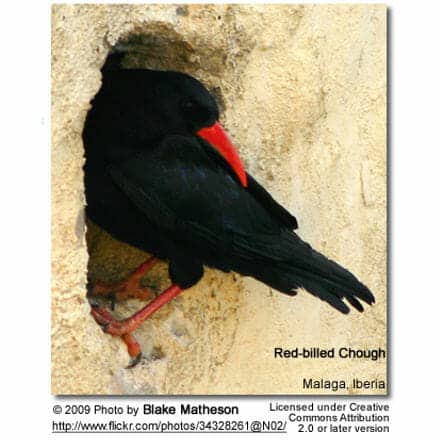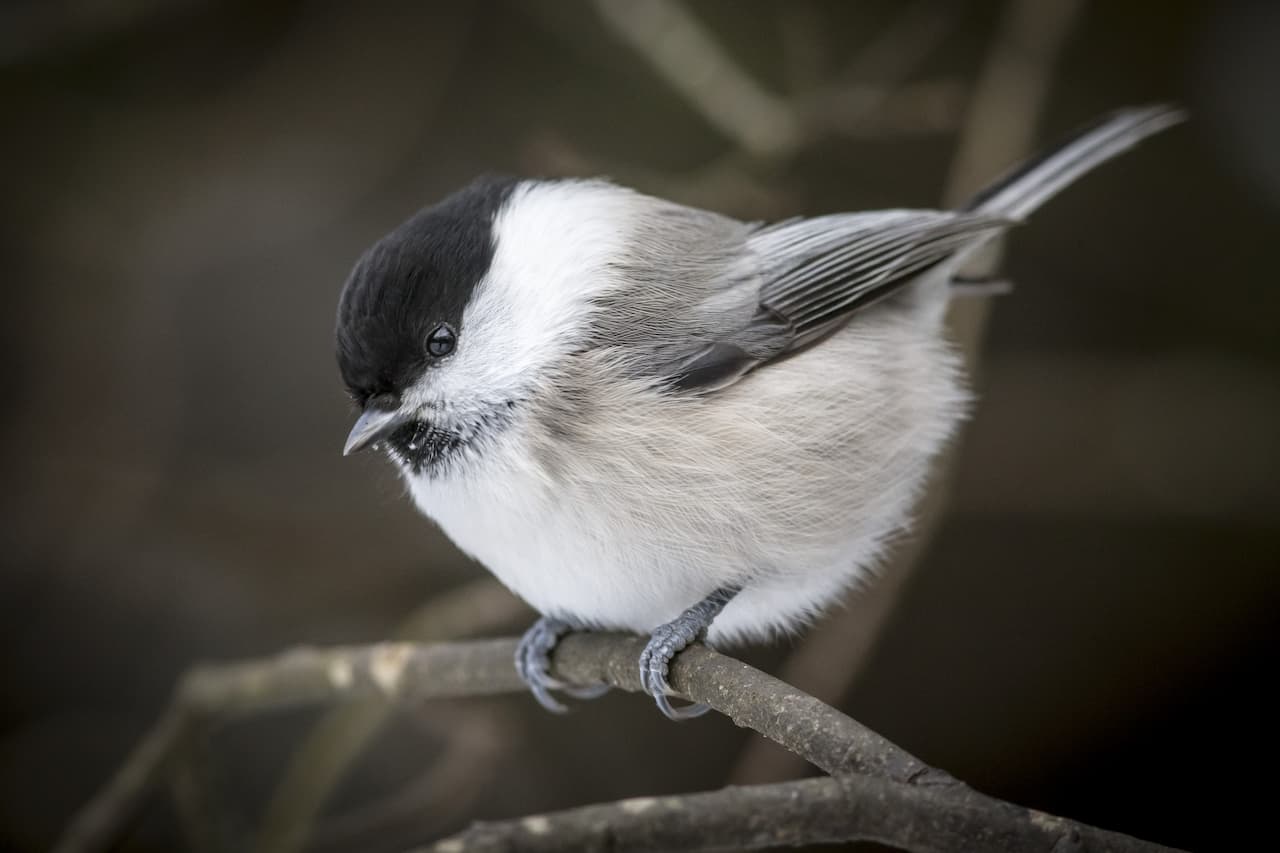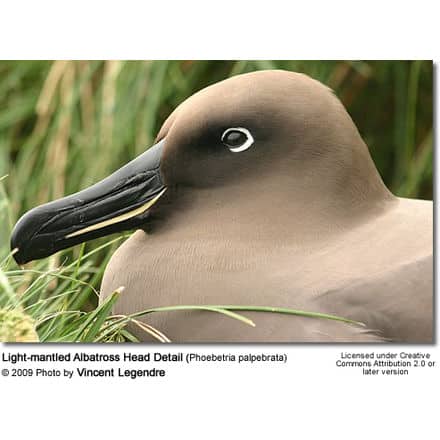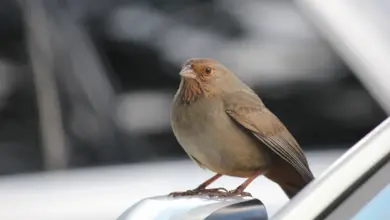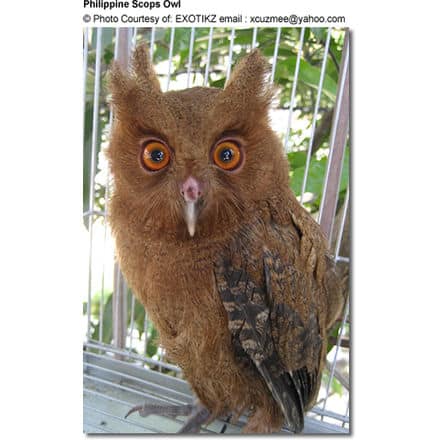Choughs or Red-billed Chough
The Red-billed Choughs, or just Chough, Pyrrhocorax pyrrhocorax, is a member of the crow family, Corvidae.
Distribution / Range
It breeds in Great Britain, the Isle of Man, Ireland, southern Europe and the Mediterranean basin, the Alps, and in mountainous countries across central Asia, India and China.

There is an isolated population in the Ethiopian Highlands.
It breeds mainly in high mountains and on coastal sea cliffs, but sometimes in inland quarries, for example in Spain. It is resident throughout its range. It is found in the upper reaches of the Himalayas where it comes down to altitudes of 2000 m in winter.
A prehistoric subspecies that lived in Europe during the last ice age was described as Pyrrhocorax pyrrhocorax primigenius.
In Great Britain, it is restricted to the far west of Wales and Scotland, although it has recently recolonised Cornwall (where it was called the Cornish Chough and appears on the Cornish Coat of Arms) after an absence of many years. It was formerly more widespread but has suffered from the loss of its specialist “machair” habitat and competition with the jackdaw, Corvus monedula.
This species is often quite tame.
Description
The Red-billed Choughs is 37-41 cm in length and has a 68-80 cm wingspan. The plumage of both sexes is glossy blue-black plumage, has a green sheen on the wings.
The long curved, coral-red bill and legs distinguish it from all other birds. In the young orange takes the place of red until the first autumn.
Flight / Movement
The Chough has a buoyant and easy flight. It soars above the cliffs with wide-spread primaries (longest wing feathers); the tips of these bend upwards as it curves and turns, sweeping around gracefully.
With wings almost closed it shoots towards the surf at the foot of the crags, then checking itself, sweeps into its breeding cave.
Its movement on the ground has been described as “a short and very quick run,” but it will walk as sedately as a rook.
Calls / Vocalizations
Its loud, ringing call chee-ow is clearer and louder than that of the Jackdaw. It has no call resembling Chuff (as described in some references), and its name probably comes from the old Cornish pronunciation of chough – “chow” as in bough.

Diet / Feeding
Its food consists of insects, terrestrial mollusks and other invertebrates (= animals without internal skeletons, such as larvae, earthworms, millipedes, snails, and spiders).
Nesting / Breeding
The Red-billed Chough breeds from three years of age, and normally raises only one brood a year, although the age at first breeding is greater in large populations
A pair exhibits strong mate and site fidelity once a bond is established.
The bulky nest is composed of roots and stems of heather, furze or other plants, and is lined with wool or hair; in central Asia, the hair may be taken from live Himalayan Tahr.
The nest is constructed in a cave or similar fissure in a crag or cliff face. Old buildings may be used, and in Tibet, working monasteries provide sites, as occasionally do modern buildings in Mongolian towns, including Ulan Bator. The Red-billed Chough will utilise other artificial sites sites such as quarries and mineshafts for nesting where they are available.
The Chough lays three to five eggs 3.9 x 2.8 centimetres (1.5 x 1.1 in) in size and weighs 15.7 grammes (0.55 oz), of which 6% is shell. They are spotted, not always densely, in various shades of brown and grey on a creamy or slightly tinted ground. The egg size is independent of the clutch size and the nest site but may vary between different females.
The female incubates for 17–18 days before the altricial downy chicks are hatched, and is fed at the nest by the male. The female broods the newly hatched chicks for around ten days, and then both parents share feeding and nest sanitation duties. The chicks fledge 31-41 days after hatching.
The first-year survival rate of the juveniles is 72.5 per cent, but the adult annual survival rate and average lifespan are unknown, although an age of 17 years has been recorded. The temperature and rainfall in the months preceding breeding correlates with the number of young fledging each year and their survival rate. Chicks fledging under good conditions are more likely to survive to breeding age and have longer breeding lives than those fledging under poor conditions.
Status
The Red-billed Choughs has an extensive range, estimated at 10 million square kilometres (3.8 million sq mi), and a large population, including an estimated 86,000 to 210,000 individuals in Europe. Over its range as a whole, the species is not believed to approach the thresholds for the global population decline criterion of the IUCN Red List (i.e., declining more than 30% in ten years or three generations), and is therefore evaluated as Least Concern.
However, the European range has declined and fragmented due to the loss of traditional pastoral farming, persecution and perhaps disturbance at breeding and nesting sites, although the numbers in France, Great Britain and Ireland may now have stabilised. The European breeding population is between 12,265?17,370 pairs, but only in Spain is the species still widespread. Since in the rest of the continent breeding areas are fragmented and isolated, the Red-billed Chough has been categorised as “vulnerable” in Europe.
In Spain, the Red-billed Choughs has recently expanded its range by utilising old buildings, with 1,175 breeding pairs in a 9,716 square kilometre (3,692 sq mi) study area. These new breeding areas usually surround the original montane core areas. However, the populations with building nest sites are threatened by human disturbance, persecution and the loss of old buildings.
Threats
The Red-billed Choughs predators include the Peregrine Falcon, Golden Eagle and Eurasian Eagle-owl, while the Common Raven will take nestlings. In northern Spain, Red-billed Choughs preferentially nest near Lesser Kestrel colonies. This small insectivorous falcon is better at detecting a predator and more vigorous in defence than its corvid neighbours. The breeding success of the Red-billed Chough in the vicinity of the kestrels was found to be much higher than that of birds elsewhere, with a lower percentage of nest failures (16% near the falcon, 65% elsewhere).
This species is occasionally parasitised by the Great Spotted Cuckoo, a brood parasite for which the Eurasian Magpie is the primary host. Red-billed Choughs can acquire blood parasites such as Plasmodium, but a study in Spain showed that the prevalence was less than one percent, and unlikely to affect the life history and conservation of this species. These low levels of parasitism contrast with a much higher prevalence in some other passerine groups; for example, a study of thrushes in Russia showed that all the Fieldfares, Redwings and Song Thrushes sampled carried haematozoans, particularly Haemoproteus and Trypanosoma.
Red-billed Choughs can also carry mites, but a study of the feather mite Gabucinia delibata, acquired by young birds a few months after fledging when they join communal roosts, suggested that this parasite actually improved the body condition of its host. It is possible that the feather mites enhance feather cleaning and deter pathogens, and may complement other feather care measures such as sunbathing, and rubbing the plumage with ants (the formic acid from the insects deters parasites).


